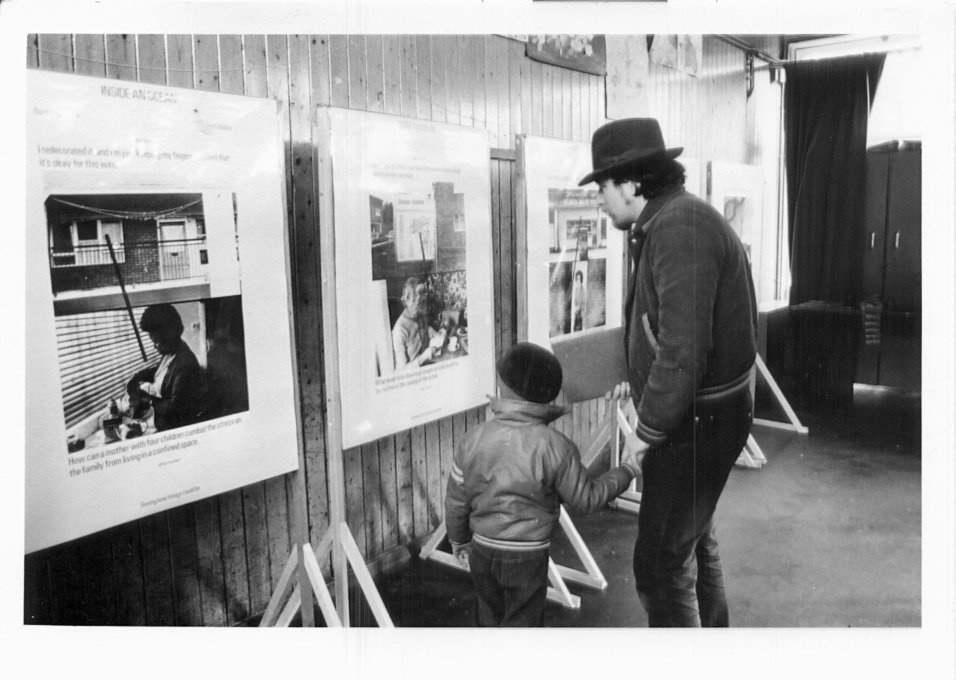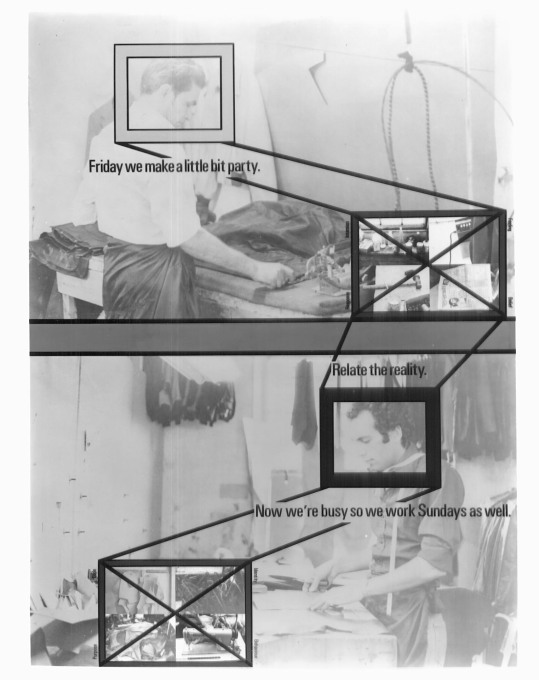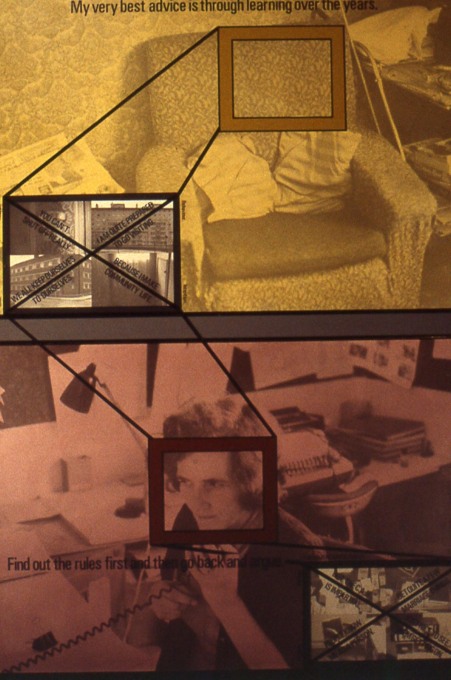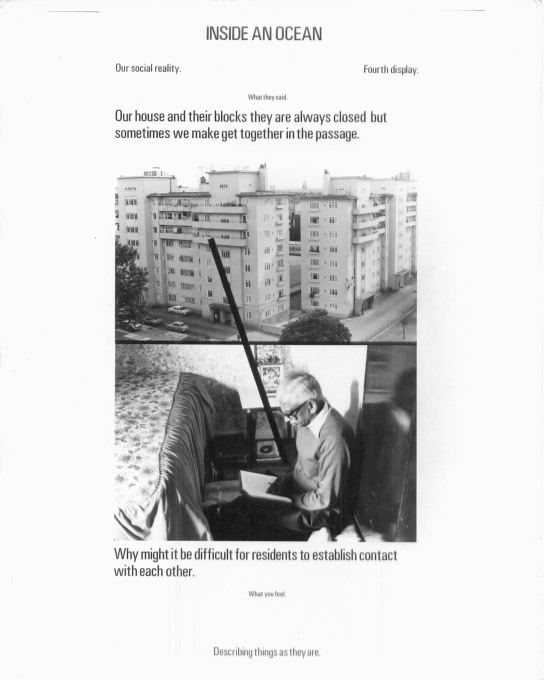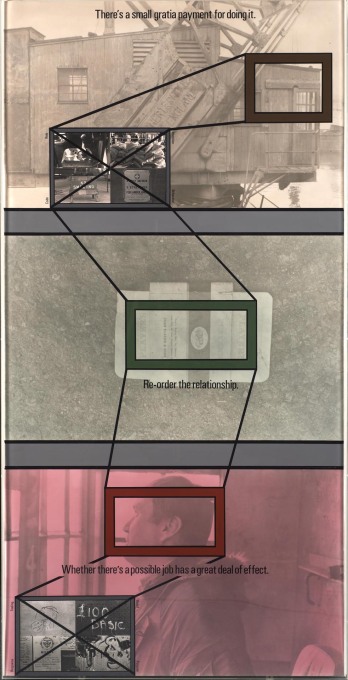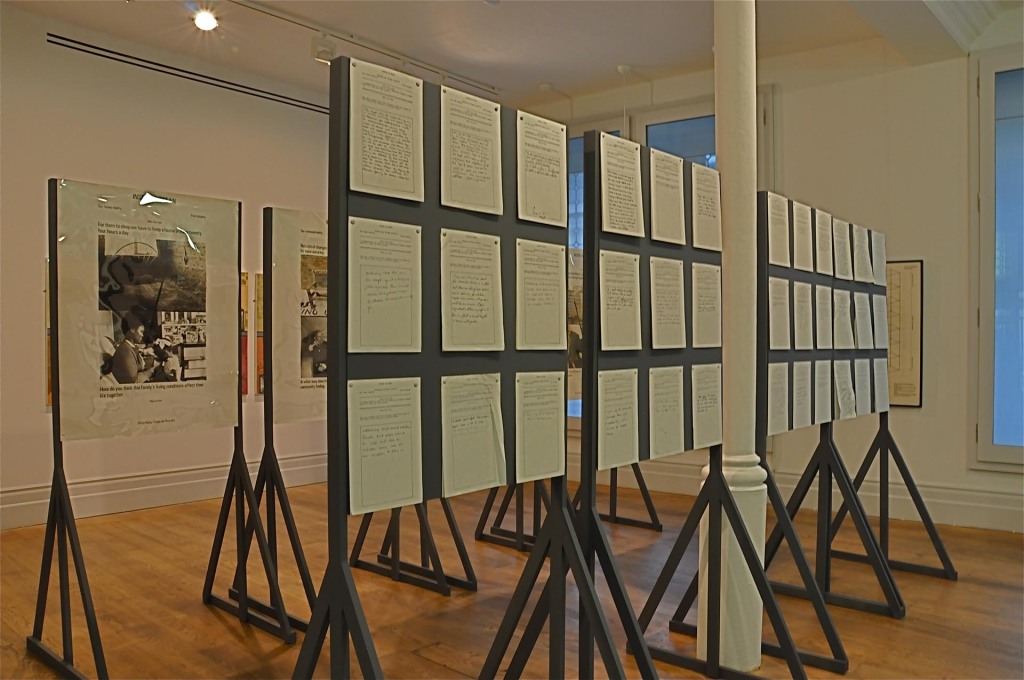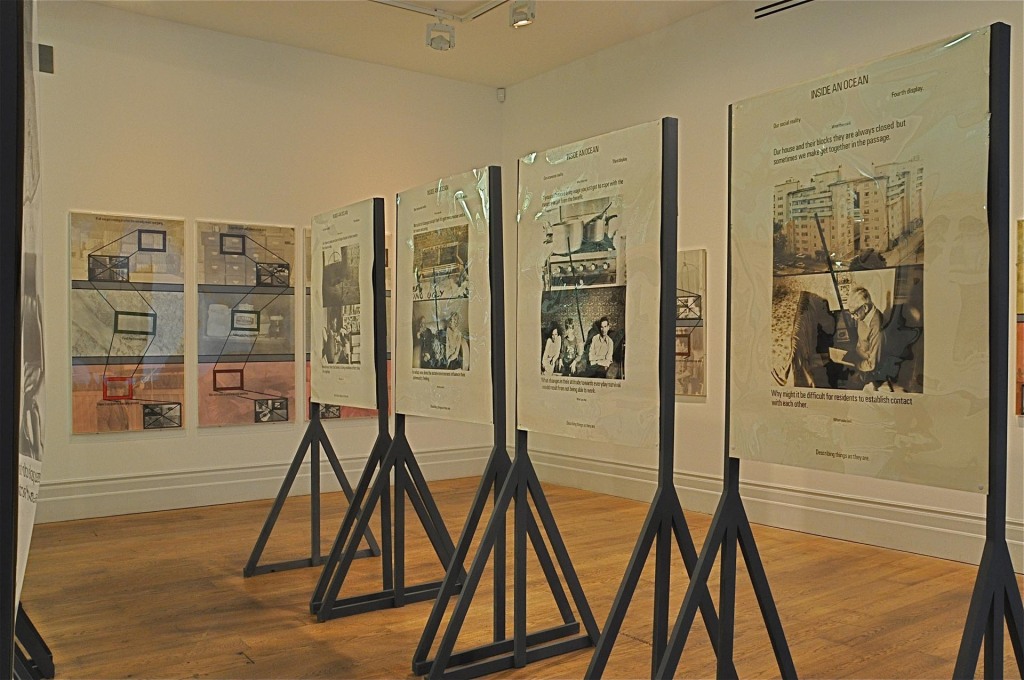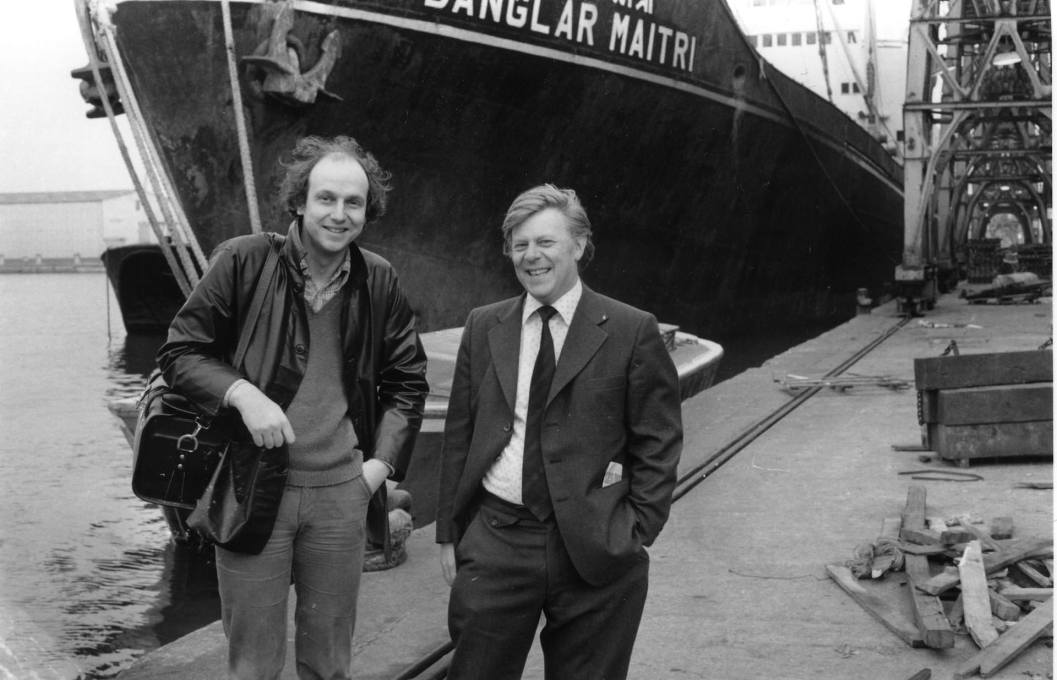The Whitechapel Gallery in London is currently showing a series of archival works by the artist Stephen Willats dating from the 1970s. Highly innovative for the time, they pioneered art practice made in consultation with community groups, with the artist positioned as an agent of change in the community. Ellie Duffy visited the exhibition and found lessons still relevant for today’s architects in Willats’ attempt to distill the complex conceptual and cognitive experience of inhabiting spaces – from workplaces to housing.
Stephen Willats is widely credited as a pioneer of socially engaged art in Britain, an artist who has put “the public” at the centre of the “public gallery” and, in the process, redefined the way in which art institutions function in society. This archival exhibition looks back 35 years to projects made for a solo show at the Whitechapel in 1979, under the directorship of Nicholas Serota. The innovation then was that the works in the exhibition were all made in consultation with community groups in the vicinity of this East End gallery. Not only did the artist bring their concerns into the privileged space of the gallery, but the idea was introduced of the artist as an agent of change within the community.
The exhibition covers four works from the late 1970s: Working Within a Defined Context (made in collaboration with Port of London dockers); The Place of Work (made with leather garment makers from Spitalfields); and Sorting out Other People’s Lives and Inside an Ocean (both made with residents of the Ocean, a nearby failing social housing estate) which broke new ground by being exhibited beyond the realm of the gallery within the housing estate itself. Although Willats’ art practice is not fundamentally object-based, with artworks tending towards open-ended, interactive social functions, he has nonetheless over the years developed a distinctive and powerful visual language that combines documentary photography and short statements with graphic matrices, in order to distil complex conceptual and cognitive relationships in a remarkably succinct manner.
In the projects reprised here, as well as in much of the artist’s work, architecture is presented as a “physical manifestation of culturally dominant institutional consciousness”, having a significant although not central role to play. Since the early 1970s, Willats has frequently been concerned with charting the schisms between differing conceptual frameworks relating to people’s experiences of inhabiting space – often spaces designed in ways that reflect top-down situations, such as the workplace and social housing.
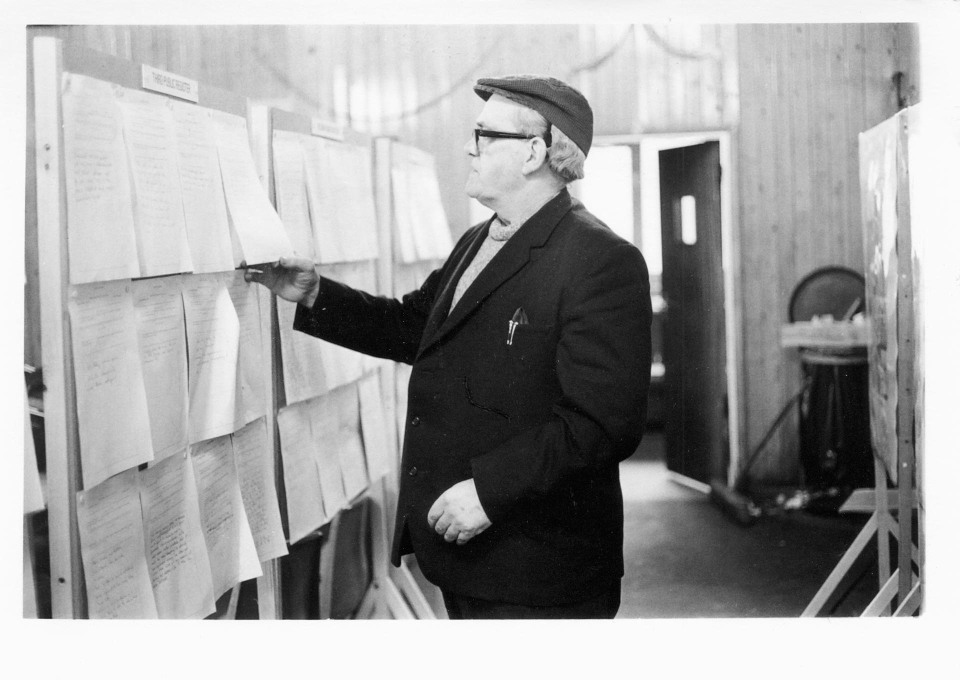
In the interactive work Inside an Ocean (1978–79), for instance, the modernist built environment looms in the form of a malfunctioning, large-scale council housing estate: a contained environment isolated within the wider fabric of society. Against this backdrop, Willats worked with residents over an extended period in a project with two parts: Describing Things as They Are and Seeing How Things Could Be. Initially, residents were asked open-ended questions in recorded interviews designed to capture their perceptions of the everyday realities of life on their estate. The resulting content was communicated in a series of displays juxtaposing statements made during the interviews with imagery of the physical environment, in order to represent five different aspects of reality: domestic, communal, economic, social and cultural. Each statement was paired with a question intended to spark dialogue about the potential for change, with residents being invited to record their reactions and suggest solutions in preparation for the second part of the work. The residents’ response sheets formed part of the final display, making apparent the range of opinion as well as the relativity of perception. “These projects were based on the idea of feedback, of a dialogue, of an exchange that recognises the complexity of others”, writes Willats today, “You have to look at it in terms of its cognitive legacy, what it meant for those people who participated, not in terms of its academic position in the historical representation of art”.
The way in which architecture is obliquely illuminated in Willats’ work should make it of particular interest to an architectural audience. It is seldom that architects get the chance to see their subject matter as others experience it. But here it is: buildings, spaces, intentions and realities merged in a way that – from an architectural viewpoint at least – makes for somewhat uncomfortable viewing.
There is a stark contrast between what can be gleaned about architecture here and what is communicated by some of the other, more familiar, stories about architecture concurrently on show in London. This exhibition undoubtedly administers something of an antidote to the eulogising of The Brits who Built the Modern World at the RIBA (which makes heroes out a handful of British architects) or of Sensing Spaces at the Royal Academy (which makes artists out of handful of architects). Could it be that far too much of what we know about architecture, and about how people consume it, is related by architects themselves, sticking to an increasingly over-worked and self-regarding script?
– Ellie Duffy is a director of the graphic design agency Duffy, London.
Stephen Willats: Concerning Our Present Way of Living
until 14 Sep 2014
Whitechapel Gallery
77-82 Whitechapel High Street
London E1 7QX
For more on this subject see the current issue of uncube: Urban Commons




